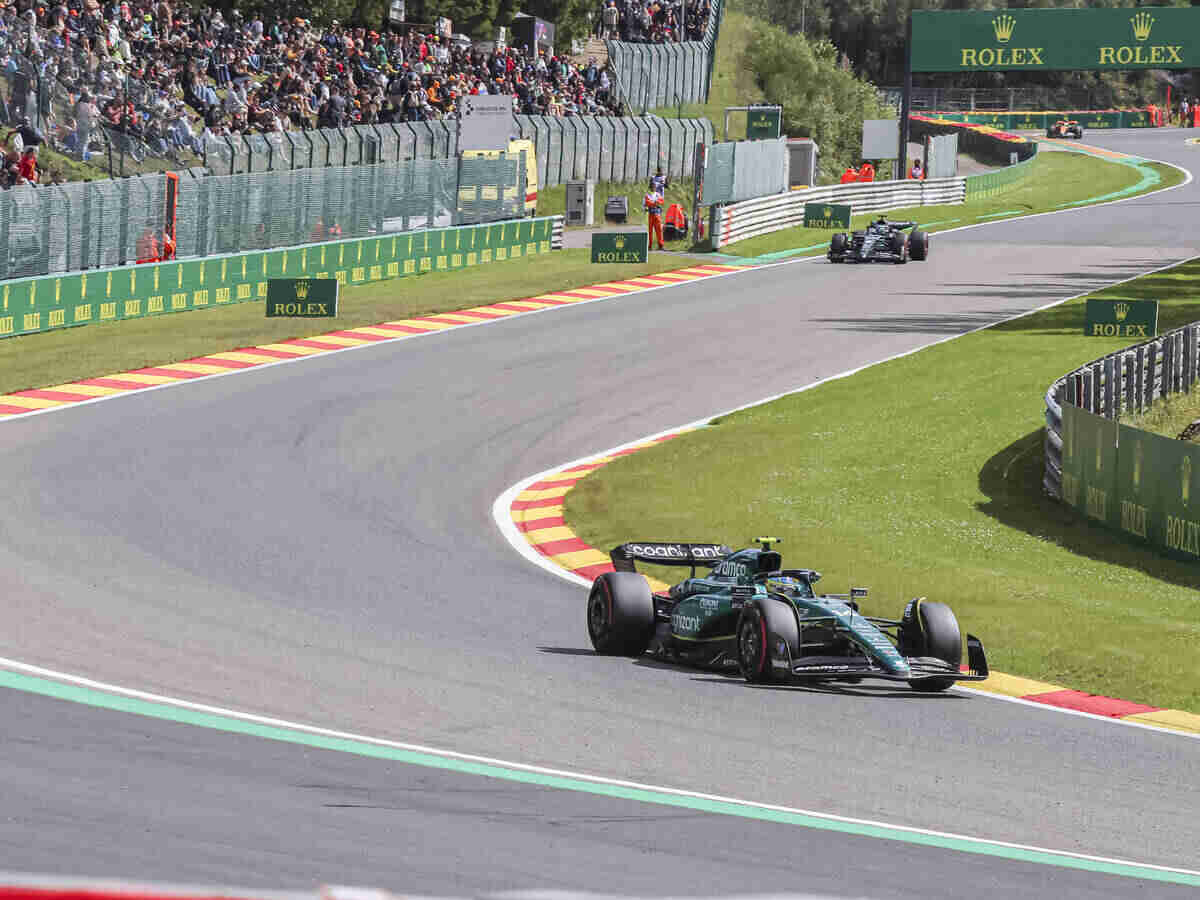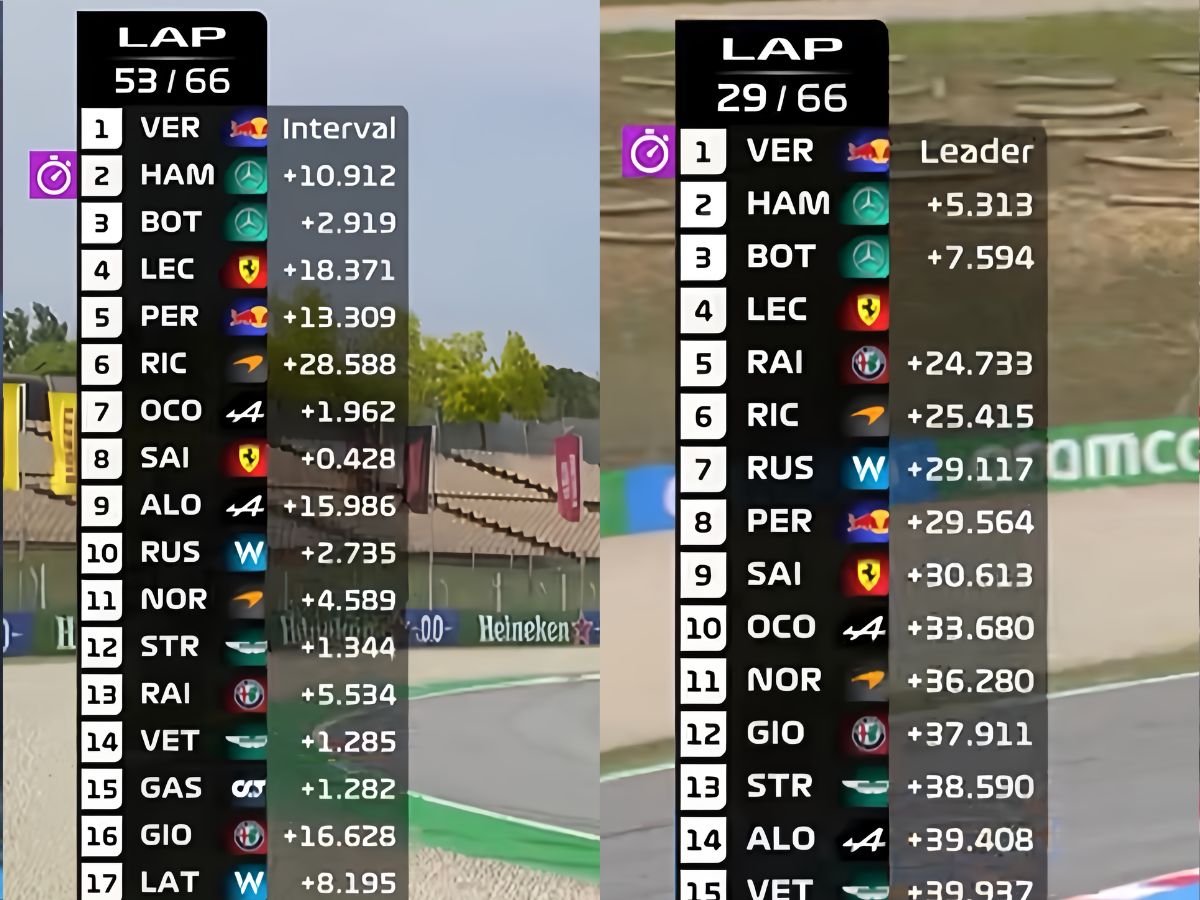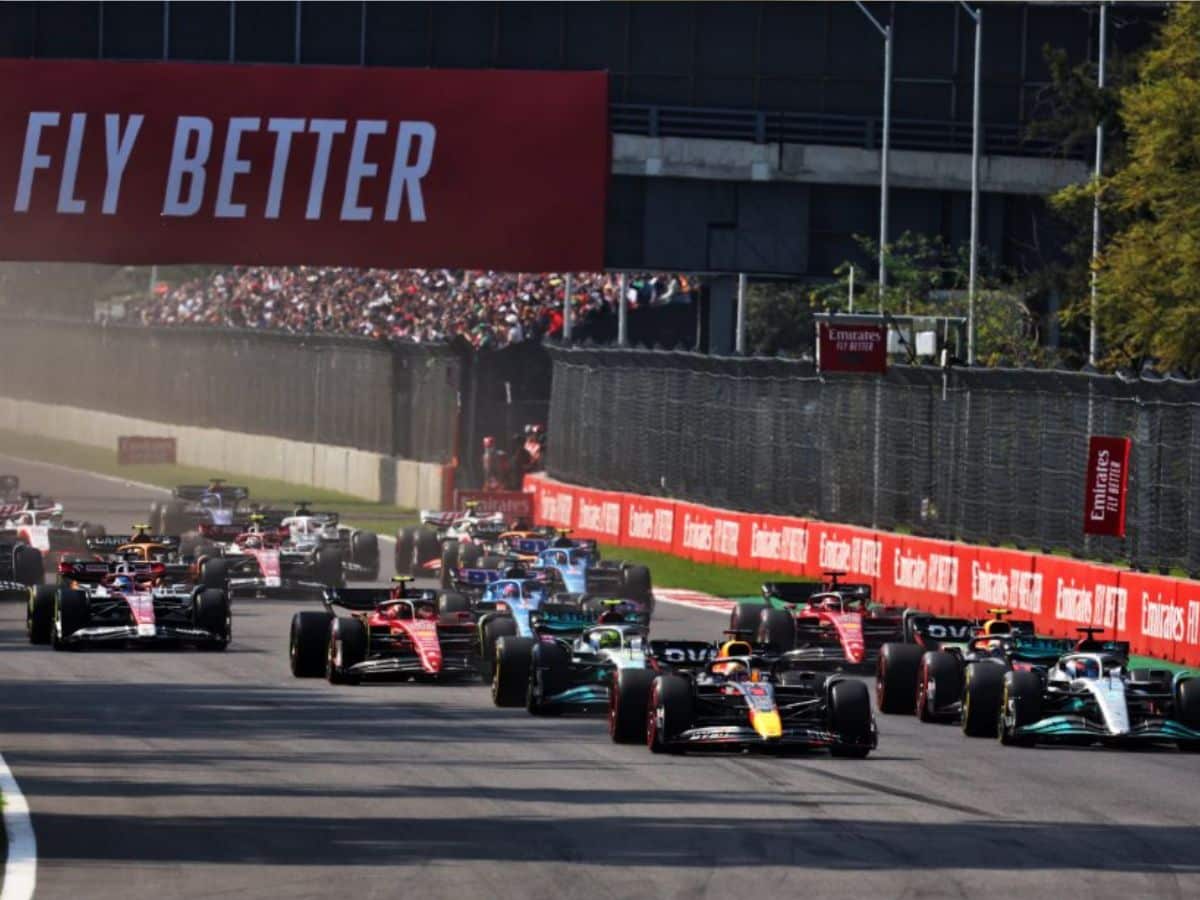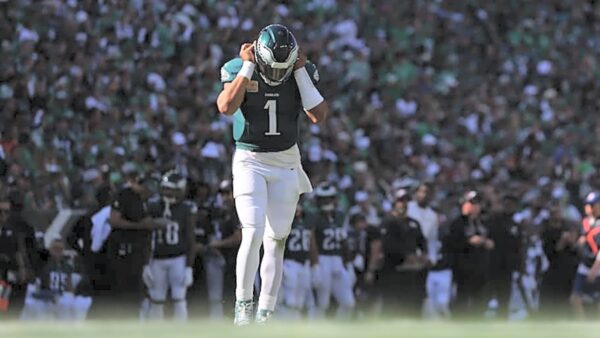What does interval mean in F1?
F1, like any other motorsport, measures the gap in terms of "time" instead of "distance."

Fernando Alonso at Spa (Via IMAGO)
🔍 Explore this post with:
If you’re a regular viewer of Formula 1, you’ve likely heard the term “interval” mentioned by commentators and or viewed it on the broadcast next to a driver repeatedly. It’s a word that pops up throughout the race, often accompanied by numbers, but what exactly does it mean? Delve into the world of F1 and explore the meaning of this term.
The term “interval” plays a crucial role in keeping track of how drivers are performing. When you tune in to watch a race or a practice session, you’ll notice a leaderboard that displays the order of the drivers. At the very top is the driver leading the race, and next to their name, you might see either their lap time or the word “interval.”
So, what exactly is the interval? Simply put, it’s the measure of time that separates each driver from the one leading the race. When you look at the standings, you’ll notice that every driver, except the leader, has a number displayed next to their name. This number represents the time gap between that driver and the one setting the pace, the race leader, or, let’s just say, Max Verstappen for the 2023 season.
What is the difference between Interval and Leader?
On the other hand, when you see the word “leader” next to the driver in the pole position, it signifies a different set of timings. These timings indicate how far behind the leader every other driver is. In essence, it’s a summary of the cumulative time gaps between each driver and the race leader. For example, if Verstappen is leading the race, and “leader” appears next to his name, the times listed for all other drivers will tell you exactly how many seconds each driver is behind him.

This helps everyone involved in F1 understand the overall race dynamics and how drivers are faring concerning the leader. The “leader” is the measuring unit in the grand finale of a race, where all the drivers’ performances are put under the spotlight. When the race concludes, drivers are assessed by the gap to the race winner, denoted as a unit. Adjacent to their names, their teams showcase the margins relative to the victor.
For viewers, the “interval” is a vital tool, offering insights into race progression and helping identify drivers closing in on or falling behind their competitors. It’s equally crucial for teams and drivers to inform real-time decisions like deploying the Drag Reduction System (DRS) for overtaking. When the “interval” dips below +1.000, indicating a driver is less than a second behind the car in front, they can activate the DRS. This strategic move reduces aerodynamic drag, granting a speed boost and a golden opportunity for overtaking.
How does F1 measure the Interval?
In F1, the precise measurement of cars’ positions and time intervals is accomplished through transponders affixed to the vehicles. These transponders transmit radio signals, enabling tracking accuracy down to a ten-thousandth of a second. They are synchronized with timing loops strategically positioned throughout the circuit.

Each time a car passes over a loop, the transponder records a unique identification, subsequently sent to a decoder. This decoding process logs the precise time, offering a comprehensive view of each car’s location and its corresponding time. The loops, situated about a centimeter into the F1 track, consist of wire lengths spanning the track’s width and are protected by silicone casing. These loops are placed every 150 to 200 meters along the track.
Calculating the gap between two cars relies on the difference in the time each car crosses a specific point on the circuit. The timing system captures the duration it takes for each car to traverse these loops. This data is then transmitted to the broadcast center, where technical teams can analyze it. The interval or gap between cars is expressed in seconds rather than physical distance because it provides instantaneous and highly accurate measurements.
Before each race, a test F1 car is sent out to circulate the track, ensuring the calibration and functionality of all systems. Multiple backup systems are in place to ensure data integrity, even if some loops are damaged. This redundancy guarantees the ability to determine the race winner and the winning margin accurately.
In case you missed it:
- Fernando Alonso warns there will be consequences for people who spread fake rumors about him
- F1 Brazilian Grand Prix 2023: Weather forecast for the Sao Paulo GP weekend







